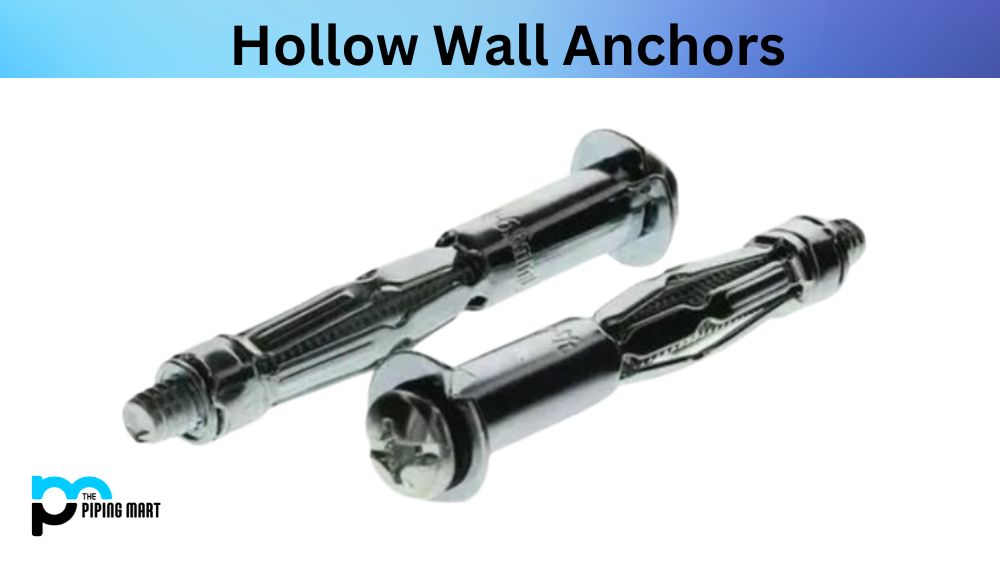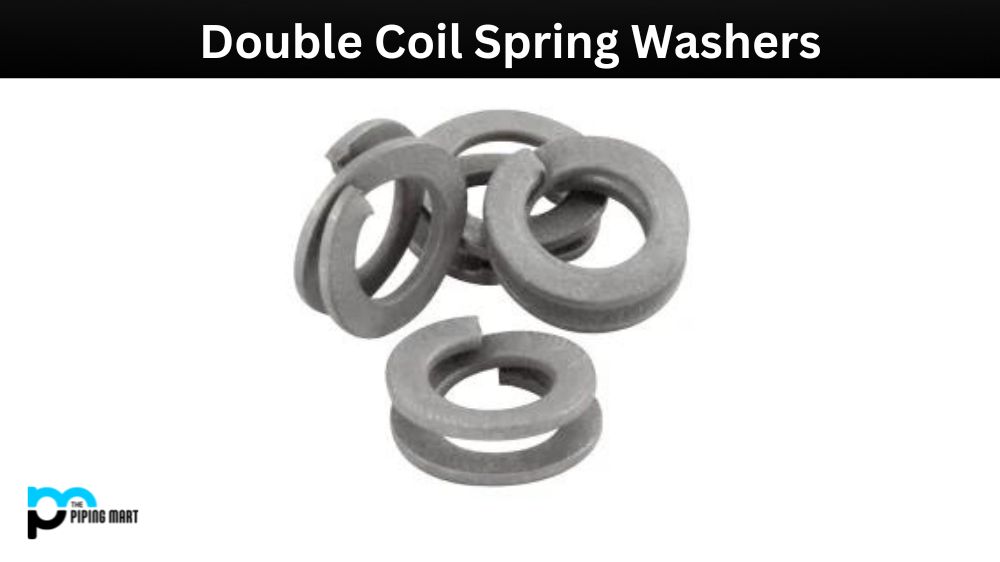When hanging heavy items on a hollow wall, using the right type of anchor is essential. Hollow wall anchors are specifically designed to hold objects securely in place, but they have both advantages and disadvantages. In this blog post, we’ll explore the pros and cons of hollow wall anchors so you can decide which anchor is right for your project.
Advantages of Using Hollow Wall Anchors
Versatility: Hollow wall anchors can hang various objects, from mirrors and picture frames to shelf brackets and heavy wall-mounted TVs. They can be used on most hollow walls, including drywall, plasterboard, and gypsum board.
Easy to install: Hollow wall anchors require minimal DIY skills and only a few installation tools. They are lightweight and easily inserted with a screwdriver or drill into the wall. Many hollow wall anchors have a self-drilling feature, making it even simpler to install them.
Affordable: Hollow wall anchors are affordable, making them a popular choice for DIY projects. They are readily available at most hardware stores and come in various sizes to suit different types of walls and weights of objects.
Disadvantages of Using Hollow Wall Anchors
Weight limitations: Hollow wall anchors are unsuitable for heavy objects, and weight limitations vary depending on the type of anchor. Overloading a hollow wall anchor can cause the anchor to fail, and the object it holds can come crashing down.
Limited wall thickness: Hollow wall anchors are designed for use on thin walls, so they are not suitable for walls thicker than 1 inch. You must use a different type of anchor if you have a thick wall.
Not suitable for wet environments: Hollow wall anchors are not recommended for wet environments, as they can rust, corrode, and fail prematurely. If you need to hang objects in a damp or wet area, such as a bathroom or laundry room, you must use a different type of anchor.
Difficult to remove: When a hollow wall anchor is installed, it leaves a hole in the wall. If you need to remove the anchor, the hole must be filled. Depending on the type of anchor, this can be time-consuming and difficult.
Conclusion:
In conclusion, hollow wall anchors are versatile, easy-to-install, and affordable for hanging objects on thin, dry walls. However, they have weight limitations and are unsuitable for wet environments or thicker walls. If you need to hang heavy objects or are working with a thick or wet wall, you will need to use a different type of anchor. Always read the manufacturer’s instructions carefully before installing hollow wall anchors, and never exceed the weight limitations of the anchor. With these tips, you can choose the right anchor for your project and hang your objects securely and safely.

A passionate metal industry expert and blogger. With over 5 years of experience in the field, Palak brings a wealth of knowledge and insight to her writing. Whether discussing the latest trends in the metal industry or sharing tips, she is dedicated to helping others succeed in the metal industry.




